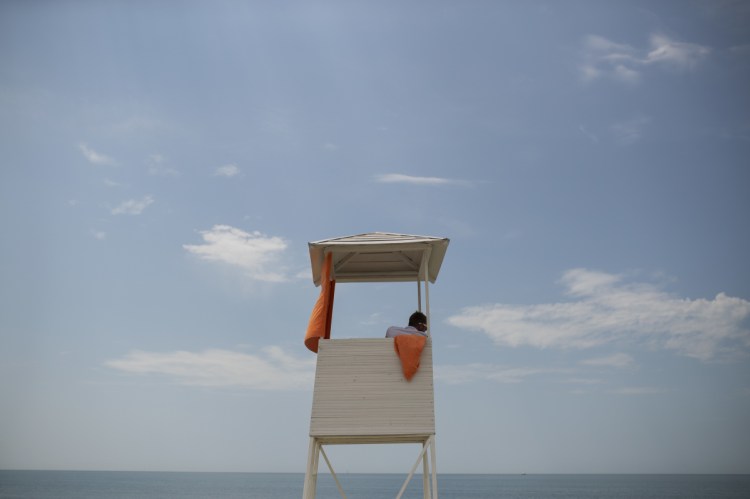Regarding the tragic death by drowning of young Rayan Issa while on a school outing at Range Pond State Park:
News reports said that chaperones and the lifeguard on duty failed to see any signs of a child in distress or struggling. We should all be aware that drowning can, in fact, be a deceptively quiet struggle. Drowning people cannot flail, splash or call for help.
Francesco A. Pia, Ph.D., in the U.S. Coast Guard’s On Scene magazine, described the “instinctive drowning response”:
• Unable to call for help.
• Mouth alternately sinks below and reappears above the surface with no time to call out.
• Cannot wave for help. Instinctively extends arms laterally and presses down on the water’s surface to lift mouth out of the water.
• Cannot perform voluntary movements such as waving for help, moving toward a rescuer or reaching for rescue equipment.
• Remain upright in the water, with no evidence of a supporting kick. They can only struggle on the surface of the water from 20 to 60 seconds before submersion occurs.
“This doesn’t mean that a person that is yelling for help and thrashing isn’t in real trouble – they are experiencing aquatic distress,” said Mario Vittone, retired Coast Guard helicopter rescuer swimmer. “Not always present before the instinctive drowning response, aquatic distress doesn’t last long – but unlike true drowning, these victims can still assist in their own rescue. They can grab lifelines, throw rings, etc.
“Look for these other signs of drowning:
• Head low in the water, mouth at water level.
• Head tilted back with mouth open.
• Eyes glassy, unable to focus.
• Eyes closed.
• Hair over forehead or eyes.
• Not using legs – vertical.
• Hyperventilating or gasping.
• Trying to swim but not making headway.
• Trying to roll over on the back.
• Appear to be climbing an invisible ladder.”
Susan R. Roscoe
Portland
Send questions/comments to the editors.


